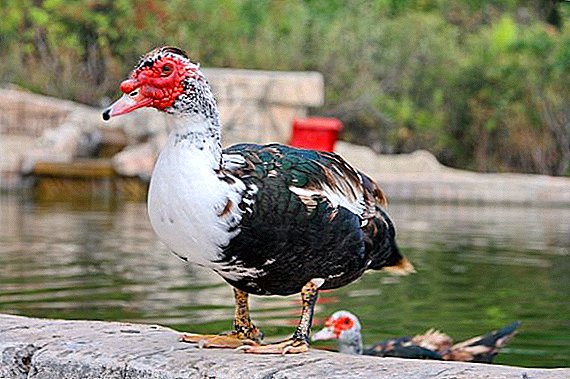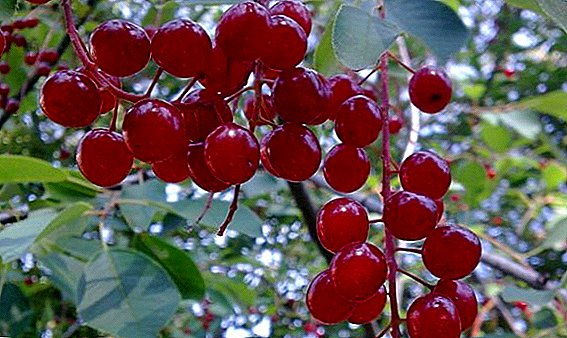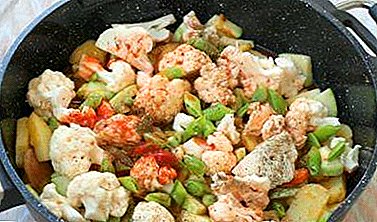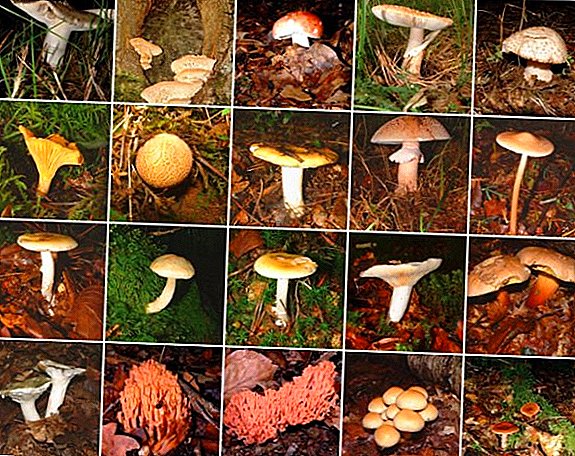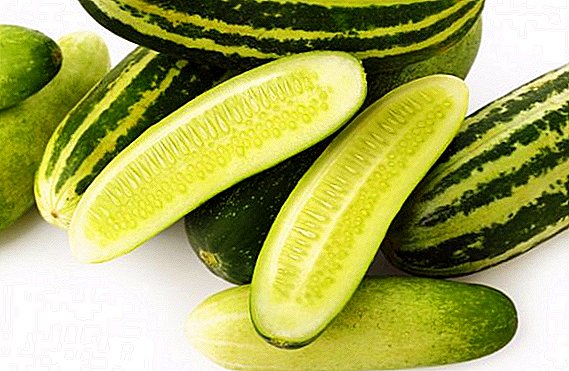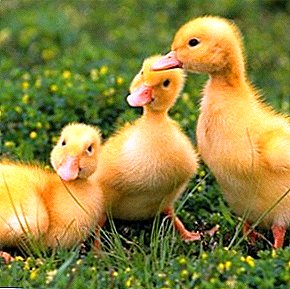
Paratyphoid is a dangerous bacterial disease. One of his outbreaks is enough to infect all young animals that live on the chicken farm.
Moreover, it can easily switch to adult chickens, bringing even more damage. That is why all the bird breeders need to know absolutely everything about this disease.
Salmonellosis or paratyphoid refers to the group of bacterial diseases of young poultry aged from a week to several months.
This disease is caused by pathological microflora in the form of Salmonella. They quickly infect the body of the chicken, causing toxicosis and bowel damage, pneumonia and serious joint damage.
What is bird paratyphoid?
 Salmonella has long been known to mankind as dangerous microorganisms that can cause death.
Salmonella has long been known to mankind as dangerous microorganisms that can cause death.
Paratyphoid or salmonellosis can affect all poultry, but according to statistics it the disease most often occurs in chickens.
A high incidence rate of paratyphoid fever is noted in many countries around the world, so farmers are trying together to prevent outbreaks of this disease.
Salmonellosis is more common in chickens due to the fact that they are bred in very large poultry farms, where even one infected bird can cause the death of the entire livestock that is kept on the farm, as the infection quickly spreads among healthy individuals.
In addition, salmonellosis can become infect a person, so when fighting this disease you need to be especially careful not to become a carrier of the disease for other farm animals and people.
As a rule, young animals suffer most from paratyphoid fever. On average, the incidence reaches 50%, and the number of deaths tends to 80%. Due to the rapid development of the infection, almost all chickens on the farm can get sick, which can lead to their death.
High mortality among chickens can compromise farm productivity, and can also cause complete infection of the livestock.
Causative agents of the disease
 The causative agents of this disease are considered bacteria from the genus Salmonella.
The causative agents of this disease are considered bacteria from the genus Salmonella.
These bacteria can live and multiply in the environment for months. Salmonella live up to 10 months in manure and soil, up to 120 days in drinking water, and 18 months in dust.
At the same time, they are able to tolerate freezing within six months, and during heating to 70 degrees they die only after 20 minutes.
Salmonella easily tolerate smoking and meat preservation, so these methods are not used during the preparation of contaminated meat. However, they are unstable to disinfectants: caustic soda, formaldehyde, bleach can be used.
Course and symptoms
 Most often, chickens are sick with salmonellosis or paratyphoid fever.
Most often, chickens are sick with salmonellosis or paratyphoid fever.
They become infected with Salmonella through the alimentary canal during the consumption of infected feed, water, egg shells, as well as during contact with sick individuals.
Salmonella infection can also occur through damaged airways and skin. It is noted that infection occurs at a much higher rate in dirty and poorly ventilated poultry houses with a large number of chickens.
The incubation period of this disease can last from days to a week. Usually, in young, paratyphoid fever may be acute, subacute and chronic..
The acute course is characterized by a general weakening of the body, a rise in temperature up to 42 degrees, constant thirst and severe diarrhea. Arthritis develops in young individuals, breathing becomes shallow, cyanosis of the skin on the abdomen and neck is noted. A week later, infected chickens die.
Subacute paratyphoid fever can last up to 14 days.. Symptoms are less pronounced and are mainly represented by pneumonia, alternation of constipation with diarrhea, conjunctivitis.
In some cases, this form becomes chronic, which is characterized by pneumonia, developmental delay. Such individuals, even after complete recovery, remain carriers of salmonella.
Also, farmers should not forget about the processing of walking platform and equipment, as they can also become carriers of salmonella. All restrictions are removed from the chicken farm only one month after the most recent case of paratyphoid fever.
Conclusion
Salmonellosis or paratyphoid fever is especially dangerous for chickens. It is this disease that causes the death of 70% of young animals in the event of infection. To avoid the occurrence of this disease, it is necessary to strictly adhere to all preventive measures that will help protect the health of young birds from paratyphoid fever.






